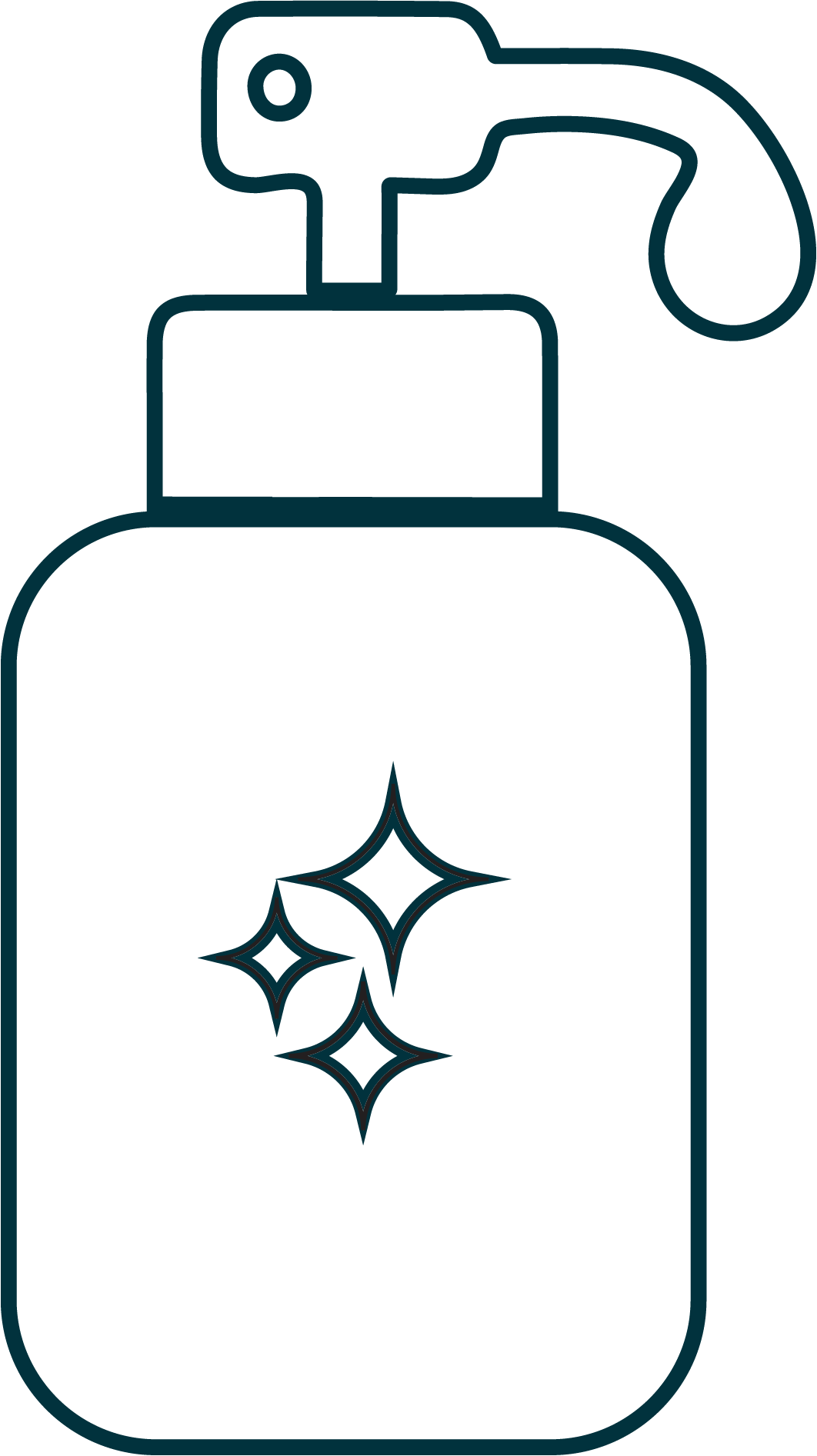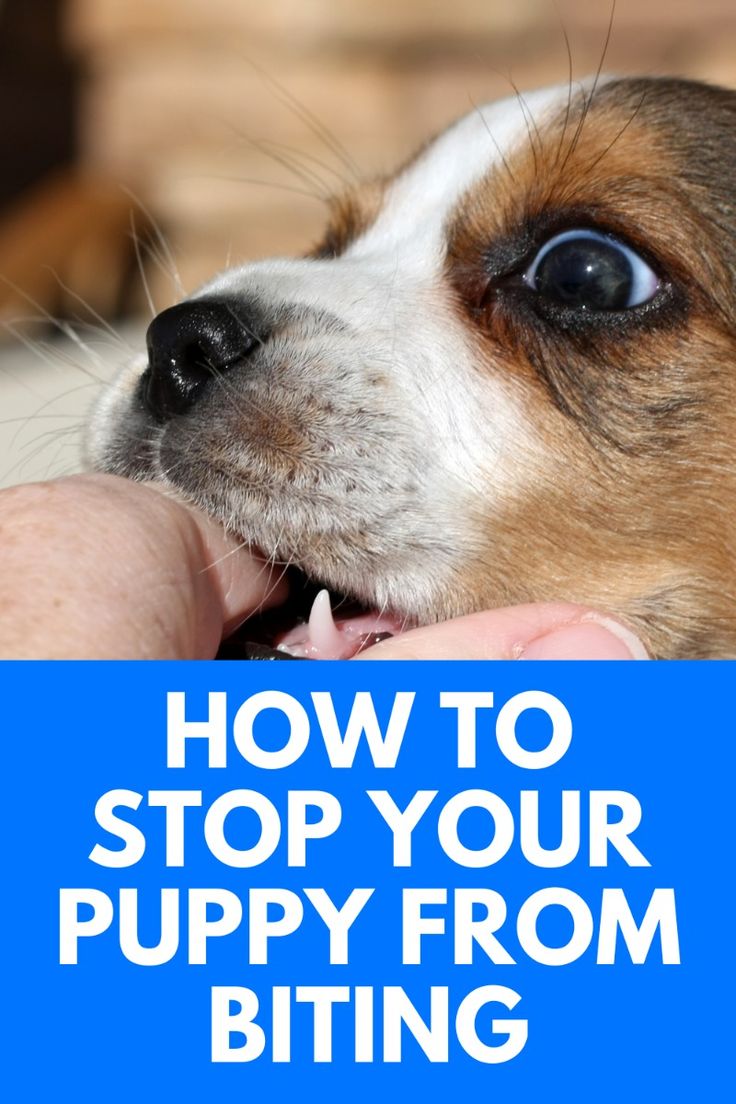CARING WITH FAMILY
|
| The level of affection a breed is expected to show towards its family members and familiar acquaintances varies greatly. Certain breeds may appear distant from everyone except their owner whereas others demonstrate friendliness towards everyone they are acquainted with, treating them as their closest companions. |
LOVE WITH CHILDREN
Unwise
Good With Children
|
| The extent to which a breed can tolerate and be patient with children's behavior as well as its overall family-friendly nature can differ significantly. It is important to supervise dogs around young children or children of any age who have limited experience with dogs. |
BEHAVIOR WITH DOGS
Unwise
Good With Other Dogs
|
| The overall friendliness of a breed towards other dogs can vary. While it is essential to supervise dogs during interactions and introductions with other dogs, certain breeds tend to have a natural inclination to get along well with other dogs both at home and in public. |
SHEDDING LEVELS & MANAGEMENT
No Shedding
Hair Everywhere
|
| The amount of fur and hair a breed is expected to shed can vary significantly. Breeds that have high shedding tendencies will generally require more frequent brushing to manage the shedding and they may also be more likely to trigger allergies associated with pet dander. Additionally, homes with high-shedding breeds may require more consistent vacuuming and lint-rolling to keep up with the amount of fur left behind. |
COAT GROOMING STANDARDS
|
| The grooming needs of a breed can vary in terms of bathing, brushing, trimming, and other coat maintenance tasks. It's important to consider the amount of time, patience, and budget you can allocate for grooming when choosing a breed. While all breeds require regular nail trimming some may require more frequent bathing, brushing, and trimming compared to others. It's essential to research and understand the specific grooming requirements of the breed you are considering to ensure you can meet its needs. |
DROOLING INTENSITY
Less Likely to Drool
Always Have a Towel
|
| The tendency for a breed to drool can vary significantly. If you have a preference for cleanliness and dislike excessive drooling, it may be important to consider breeds that are not prone to excessive drooling. Some breeds are known for leaving ropes of slobber or creating large wet spots on clothes which may not be ideal for individuals who prefer a neater environment. It's crucial to research the drooling tendencies of specific breeds before making a decision. |
COAT STYLES GUIDE |
| Smooth, Double |
| COAT SPECTRUM |
| Short |
FRIENDLINESS
Reserved
Everyone Is My Best Friend
|
| The level of welcome a breed extends towards strangers can vary. Certain breeds may be naturally reserved or cautious around all strangers, regardless of the setting. On the other hand, some breeds are generally more open and enthusiastic when it comes to meeting new people. It is important to consider the temperament and social tendencies of specific breeds in order to match them with your preferences and the environment in which they will be living. |
LIVELINESS
Only When You Want To Play
Non-Stop
|
| The enthusiasm for play in a breed can vary, even past the puppyhood stage. Some breeds will continue to have a strong desire to play games like tug-of-war or fetch well into their adult years. These breeds tend to be more energetic and enjoy engaging in playful activities. On the other hand, some breeds may be content with more relaxed activities and prefer to spend their time relaxing on the couch with their owners. Understanding a breed's inclination for playfulness can help you choose a dog that aligns with your own energy level and preferences for playtime. |
VIGILANCE INTENSITY
What's Mine Is Yours
Vigilant
|
| Certain breeds have a natural tendency to alert their owners when strangers are present. They are more likely to react to any potential threat such as the arrival of the mailman or the sighting of a squirrel outside the window. However, it's important to note that these breeds can also warm up to strangers who enter the house and are accepted by their family. Their alertness serves as a protective instinct and does not necessarily imply aggression or unfriendliness towards strangers. |
ADAPTATION CAPACITY
Lives For Routine
Highly Adaptable
|
| The adaptability of a breed to handle changes in various aspects of life can vary. Some breeds are known for being more adaptable and flexible when it comes to changes in living conditions, noise levels, weather, daily schedule, and other variations in day-to-day life. These breeds tend to adjust well to new environments and experiences. |
OBEDIENCE LEVEL
Self-Willed
Eager to Please
|
| The ease of training and willingness to learn in a breed can significantly vary. Some breeds are known for their high trainability and eagerness to please their owners. These breeds are generally more willing to learn and follow commands to make their owners proud. On the other hand, there are breeds that tend to be more independent and may show a preference for doing things on their own terms. |
STAMINA LEVEL
|
| Exercise and mental stimulation requirements can vary from one breed to another. High-energy breeds are always prepared and eager for their next adventure, utilizing their time for running, jumping, and playing throughout the day. Meanwhile, low-energy breeds often exhibit similarities to couch potatoes as they find joy in simply lounging around and enjoying peaceful bouts of snoozing. |
VOCALIZATION
|
| Frequent |
LEARNING CURIOSITY LEVEL
Happy to Lounge
Needs a Job or Activity
|
| Determining the level of mental stimulation necessary for a particular breed to maintain optimal happiness and well-being is imperative. Dogs bred for specific purposes often possess skills that involve decision-making, problem-solving, concentration, and other valuable qualities. Without adequate mental exercise, these dogs will find ways to occupy their minds, and unfortunately their chosen activities may not align with your preferences. |
| COLORS |
|
Description
|
Registration Code
|
|
Black Brown & White
|
022
|
|
| PATTERNS | .. |






























FRIENDLINESS
LIVELINESS
VIGILANCE INTENSITY
ADAPTATION CAPACITY